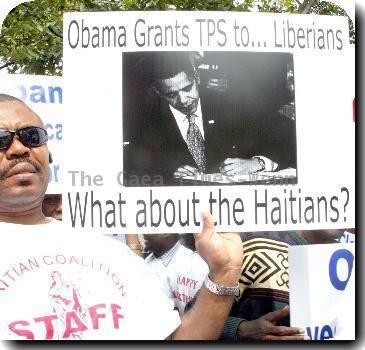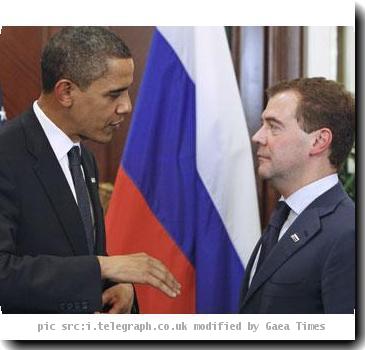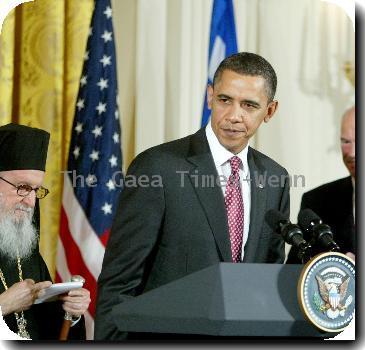More dirty signs of massive oil spill wash ashore; latest cap setback has residents skeptical
By Michael Kunzelman, APFriday, June 25, 2010
More evidence of Gulf oil spill washes ashore
NEW ORLEANS — More dirty evidence of the massive oil spill washed ashore along the Gulf Coast for residents who don’t need any more reminders of their frustration over failed efforts to stop the crude gushing from a blown-out undersea well.
In Florida, officials on Thursday closed a quarter-mile stretch of Pensacola Beach not far from the Alabama line when thick pools of oil washed up, the first time a beach in the state has been shut because of the spill. A large patch of oil oozed into Mississippi Sound, the fertile waters between the barrier islands and mainland of a state that has mostly been spared.
The news came as a cap collecting oil from the well was back in place after a deep-sea robot bumped it and engineers concerned about escaping gas removed it for about 10 hours Wednesday.
Even before that latest setback, the government’s worst-case estimates suggested the cap and other equipment were capturing less than half of the oil leaking from the seafloor. And in recent days, the “spillcam” video continued to show gas and oil billowing from the well.
BP’s pronouncements that it would soon be able to collect more spewing oil have “absolutely no credibility,” Jefferson Parish Councilman John Young said. The latest problem shows “they really are not up to the task and we have more bad news than we have good news.”
BP officials said they sympathized and planned to do more.
“For BP, our intent is to restore the Gulf the way it was before it happened,” BP PLC managing director Bob Dudley, who has taken over the company’s spill operations, said in Washington.
BP shares fell sharply in London on Friday following the company’s announcement that the cost of responding to the Gulf of Mexico oil leak has risen to $2.35 billion. The share price dipped as low as 296.6 pence ($4.42) during morning trading, an 8.9 percent drop and the lowest for BP since August 1996. By 2 p.m. in London, shares had bounced back to 310 pence, still below half of the 655 pence price on April 20, the day of the oil rig explosion that led to the oil spill.
In other developments:
— The federal judge who struck down the Obama administration’s six-month ban on deep-water drilling in the Gulf refused to stay his ruling while the government appeals.
— Environmental groups asked the court to release additional information about U.S. District Judge Martin Feldman’s holdings in oil-related stocks.
— Dudley said BP had asked James Lee Witt, director of the Federal Emergency Management Agency during the Clinton administration, to review its response to the oil spill and recommend improvements.
At nearly every important juncture since the Deepwater Horizon rig exploded April 20, killing 11 workers, the government’s and BP’s estimates on the size of the spill, its effect on wildlife and the time frame for containing it have spectacularly missed the mark.
On June 8, BP chief operating office Doug Suttles said the spill should be reduced to a “relative trickle” in less than a week. BP later said it would take more time for the spill to reach a trickle.
President Barack Obama told the nation last week that as much as 90 percent would soon be captured, saying the company had informed him that was how much of the oil could be kept out of the water within weeks.
“It just doesn’t look like that’s in the cards,” said Ed Overton, a retired professor of environmental science at Louisiana State University. “We’re not even close to that, and the word today is that they were capturing less than the day before. I was hoping the president knew something that the rest of us didn’t know. I mean, he was talking to the big shots.”
BP said Thursday it was gradually ramping back up to capture about 700,000 gallons a day with the cap, and burning off an additional 438,000 a day using an incinerator ship. Worst-case government estimates are that about 2.5 million gallons are leaking from the well, though no one really knows for sure.
By mid- to late July, the company hopes to have the capacity to capture up to 3.3 million gallons a day, if that much is flowing, BP spokesman John Curry said.
It cannot all be done immediately, Curry said, because the logistics of positioning four giant ships capable of collecting oil and connecting them to the seafloor are complicated. “There’s a limit to the number of ships in the world that do these type of things,” he said.
None of those efforts is expected to stop the leak entirely. The soonest that would happen is late August, which is when BP says relief wells being drilled through thousands of feet of rock beneath the seabed will reach the gusher.
August seems a long way off to many.
Along Pensacola Beach, lifeguard Collin Cobia wore a red handkerchief over his nose and mouth to block the oil smell. “It’s enough to knock you down,” he said.
Others weren’t happy about the situation but declined to second-guess the BP engineers.
“I have no clue at all about the correct way to stop it,” said Rocky Ditcharo, a seafood dock owner in Louisiana’s Plaquemines Parish. “‘Powerless’ — that’s a good word for it.”
Associated Press writers Lisa Leff, Cara Rubinsky and Cain Burdeau in New Orleans, Holbrook Mohr in Pass Christian, Miss., and Matthew Daly in Washington, and AP photographer Dave Martin in Pensacola Beach, Fla., contributed to this report.
Tags: Accidents, Barack Obama, Coastlines And Beaches, Corporate Crime, Emergency Management, Environmental Concerns, Florida, Louisiana, New Orleans, North America, Pensacola, United States






